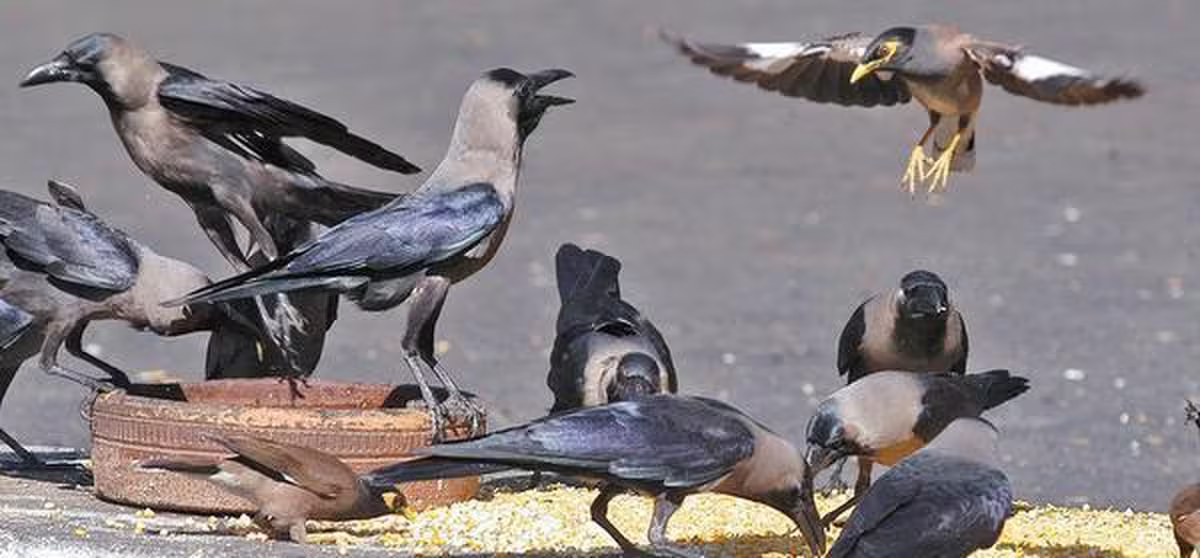Black crows, scientific name Corvus splendens, of Indian native, have been a common sight on the Kenyan coast for decades since they landed around 1947. Their population has tripled since posing a threat to other bird species and tourists. The Kenyan government has plans to poison at least 1 million house crows by December 31st, which is their estimated total number.
The Kenya Wildlife Service said, on June 7th on X: “House crows are invasive alien birds that have been a nuisance to the public for decades. These birds also pose a major inconvenience to the hotel industry along the coast. Today, the Kenya Wildlife Service led a consortium of stakeholders in developing an action plan to eliminate one million house crows from Kenya’s coast by 31st December 2024.”
The Indian Crows Elimination Plan
For complete elimination, the plan by the government in place is to poison the birds. This will be done using Starlicide, an avicide, imported from New Zealand. This will be done in a bid to mitigate the impact on local ecosystems and communities affected in East African countries.
CEO of Rocha Kenya, Dr Colin Jackson, a conservation organization that has been involved in the culling of crows, said that they would require around 5-10 kgs of the poison. The poison, which goes for $6,000 per kg, will be mixed with offcuts of meat and offered to the crows.
Impact on Local Ecosystem
The crows attack indigenous birds, reducing their population. The Indian natives kill them and feed on their eggs. They attack them and chase them away from their nests as others steal the eggs. Conservation experts say this aggressive behavior of the crows has forced several native birds to leave their natural habitat.
This has led to the loss of birds such as scaly babblers, pied crows, sunbirds, weaver birds, and waxbills. They have been displaced by house crows. Apart from fellow birds, they are known to attack newborns, young and sickly domestic animals, small reptiles, amphibians, mammals, and insects.
Previous Elimination Efforts
This is not the first time the government plans to deal with the menacing birds. Research and plans have been ongoing for 20 years now to reduce the bird population. The exponential rise in numbers has necessitated new plans. Their omnivorous diet and highly adaptive nature have fuelled their rapid expansion.
The house crows have many names such as the Indian, grey-necked, Ceylon, or Colombo crow. Their presence poses numerous threats, including disturbance to residents and tourists with their incessant cawing. They are found in plenty of urban areas like Mtwapa, Watamu, Kilifi, Likoni, Mombasa Island, and Malindi.
The government expects mixed reactions from the public on social media but the plans will go ahead, KWS said. This will come as a relief to many people who are in constant fear of the birds. We are yet to see the bigger picture and hope this will be a permanent and one-time solution.



